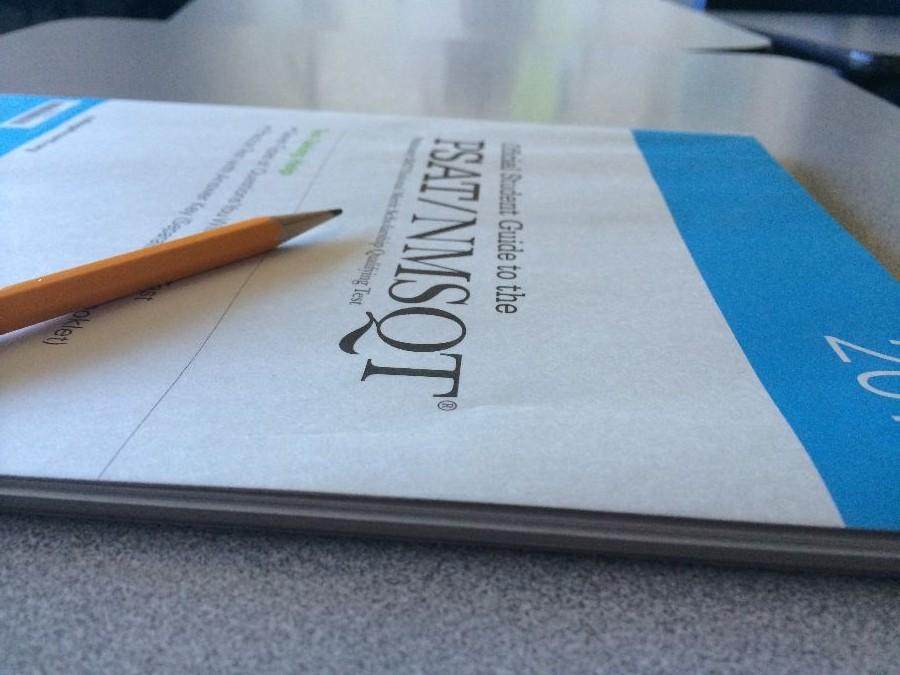Bright orange slips and blue packets signal the arrival of the annual Preliminary Scholastic Aptitude Test (PSAT) in schools across the nation. Carlmont sophomores and juniors will take the standardized test on Wednesday, Oct. 15. to prepare for the upcoming college-admissions that lie ahead.
The PSAT is a standardized test designed to model the Scholastic Aptitude Test (SAT) for high school students, which is recommended to those pursuing a four-year college plan. The PSAT is constructed with a similar testing structure of the SAT, giving students a chance to experience the expectations of the SAT test before the actual exam.
The PSAT includes five sections, which must be completed within a two-hour time limit. The PSAT has similar testing criteria of the SAT, including sections on critical reading, mathematics, and writing skills. Students have found the PSAT to be a fairly accurate rendition of the SAT, with the only difference being the absence of an essay category.
“It helped me see what a standardized test would be like,” said senior Krissy Wehara, who took the both tests last year. “There was no essay on the PSAT and it was a little shorter, but overall the difficulty was around the same.”
The PSAT further aids students by predicting an estimated SAT score based on their results, and gives feedback on academic strengths and weaknesses. It also places students in contact with interested colleges nationwide and provides personalized information on Advanced Placement courses suitable for each student.
“Some people that I know have attended colleges that they didn’t even think about before,” said Instructional Vice Principal Ralph Crame. “Colleges contacted them because of the questionnaire they had filled out of their interests and what they were looking to get into, and these colleges had specific programs for that.”
Juniors may also be eligible for scholarships and financial aid through the PSAT, including the National Merit Scholarship Program. The test serves as an initial filter for candidates who are eligible for the program by helping them earn recognition.
“Colleges also look at scores, so if you have really good scores some colleges will look for those,” said Crame. “For students that do really well, it can be a financial benefit to them too.”
With a reformed SAT to launch in 2016, however, students are becoming unsure of the relevancy the PSAT in future years. While many younger students are concerned that the test will no longer be an accurate indicator of the new SAT, past test-takers believe otherwise.
“The PSAT was easier,” said senior Mariah Tao. “I don’t think it represented the SAT accurately, but now that the SAT is being made easier, I think it will represent it better.”
With the winds of change ready to sweep over the world of high school testing, students are left wondering whether the PSAT will be still relevant in the future. In the meantime, with the PSAT quickly approaching, others are scrambling to grasp the final opportunities for a boost in college preparation.



